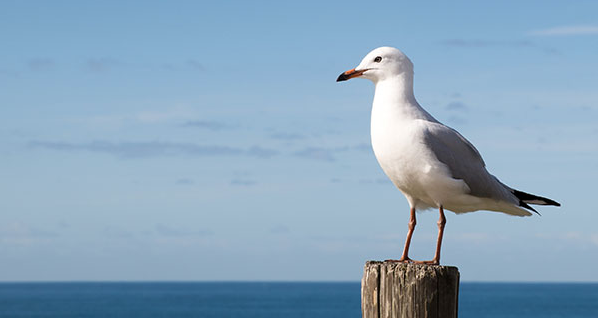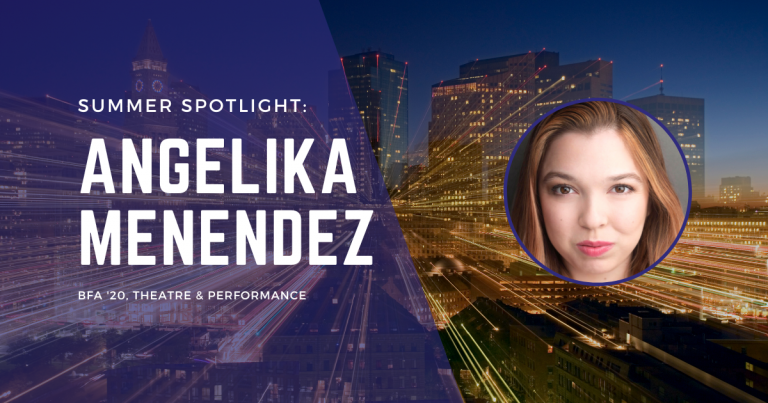New Play Workshop | Director’s Note and Vision
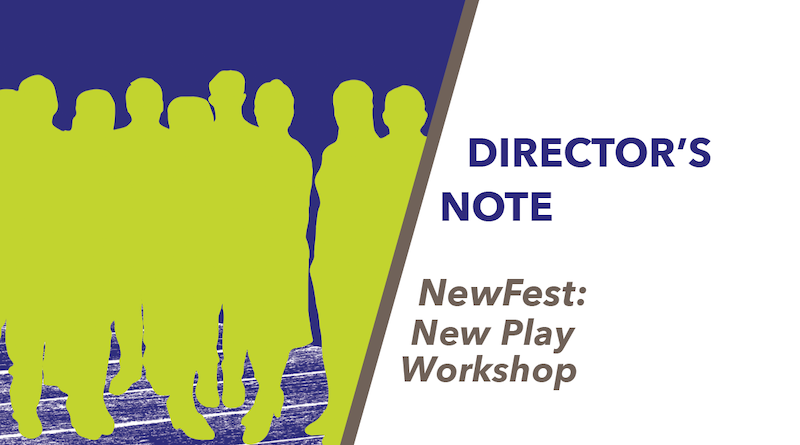
Directors’ notes traditionally welcome and orient an audience to the work that they are about to witness together. The goal of the note is often to begin forging a connection between the story on stage and the shared experience of living in the world right now, which under normal circumstances would connect everyone sitting together, in close proximity, in that theatre house. Directors trust (or more often, hope) that each play they bring in front of an audience will speak collectively and individually to each member of that audience. We share a belief that they can serve the play by helping to uncover the universality of the human experience contained in the play, sharing that out so that everyone involved (the artistic team, the acting company, the audience) is reminded that we never are alone in our individual experience, in our suffering, and in our joy.
We first began rehearsals for LM Feldman’s Amanuensis, or the Miltons on Thursday, February 6. The majority of the globe still looked and felt entirely different at the first rehearsal than it does on Thursday, March, 26, as I write my director’s note on what should have been our opening night. Traditionally at my first rehearsal, I try to welcome and orient the company to the work in the same way that I will later welcome and orient the audience. At that first rehearsal, I asked the company to think about what is one thing that they hope to one day put into the world, some creation that they would be recognized as authoring. Some examples I gave to get them thinking included: a piece of published writing, a solo show that will tour internationally, a narrative or documentary film, a successful photography practice, or maybe it’s larger than that, maybe you want to feel confident that you truly are the author of your own story. Since the story of Amanuensis, or the Miltons is one of having the hunger to create and being denied access and opportunity, I then asked the company to think about what circumstances keep them from realizing their full potential. I wanted us all to begin the journey by recognizing what each of us hungered to put into the world and what we would have to confront in order to do that. I wanted to put Amanuensis, or the Miltons into the world. Little did I know what would hold us all back.
In the last scene of Amanuensis, or the Miltons the three daughters of John Milton, having thanklessly labored in support of their father’s work creating Paradise Lost, the daughters imagine that they finally get a chance to create their own version of paradise. They joyfully create a world that serves their needs, hopes, and ambitions, a world created in their image. They celebrate. They dance and sing. They experience a feeling of accomplishment and satisfaction. But it is all a game, a fantasy, a fantasia. Having experienced this momentary happiness, they return to reality, a world where they will not be remembered for anything other than having a famous father.
Like Deborah Milton, our guide through the play, I would like us to stay as long as we can with the spirit of scene 15, where we are all making up what we want the world to look like. I realize that the majority of you all reading this will have no idea what scene 15 looks or sounds like, because Amanuensis, or the Miltons is one of the thousands of stories that cannot be shared right now. But I invite you to put that loss aside and instead dream, imagine, and, above all, create a new world into existence. Our current reality need only be temporary.
—Annie G. Levy, Director, Amanuensis, or the Miltons
Here are a few photos and sketches from the design process that will help you imagine how this workshop was taking shape:


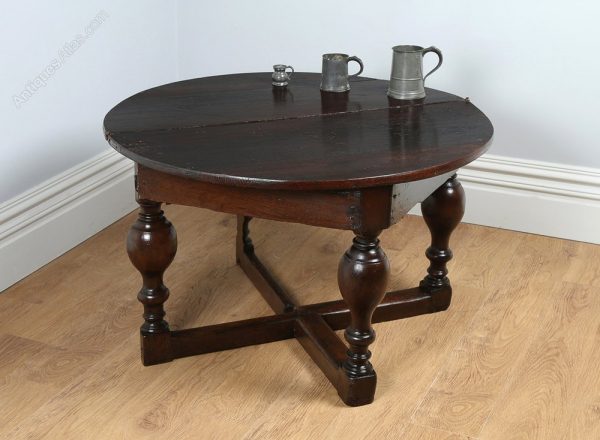



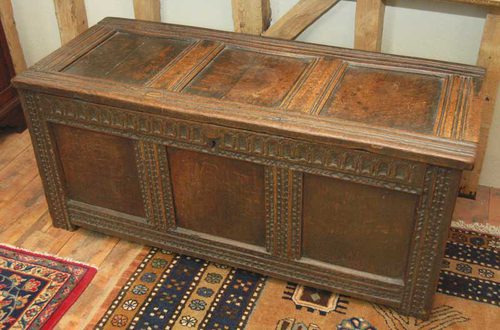

Here are the students, faculty, staff, and guest artists who worked hard on this production:
Amanuensis, or the Miltons
Written by L M Feldman
Directed by Annie G. Levy
Scenic Design by Adam Howard
Costume Design by Molly Shaughnessy and Emily Geldermann
Lighting Design by Talia Lambert
Sound Design by Elizabeth Cahill
Props by Ryan Bates
Stage Manager: Naharia Morales
Dramaturg: Henry Aceves
Cast
Davante Jackson (Mary), Sophie Pels (Anne), Samara Chahine (Deborah), Oliver Cocca (Thomas), Marlee Mesarchik (Phillip), Jessica Dallessandro (Elizabeth), and Barlow Adamson* (Milton).
*AEA actor
Artistic & Production Staff
Assistant Director: Jess Meyer
Assistant Director: James Currie
Assistant Scenic Designer: Alex Mollo
Paint Charge: Matthew Baynes
Assistant Props Master: Ryan Hoult
Wardrobe Supervisors: Molly Shaughnessy and Emily Geldermann
Assistant Lighting Designer: Narrisa Kelliher
Assistant Stage Manager: Carter White
Company Manager: Kelleigh Levesque
Production Electrician: Angela Mantel
Assistant Master Electricians: Sam Kisthardt and Piper Phillips
Acting Advisor: Kathleen Donohue
Vocal Coach: Becky Schneebaum
Production Supervisor: Hannah Bedel-Franklin
Associate Production Supervisor: Talia Colten
Assistant Production Supervisor: Carly Zamost and Josh O’Brien
Production Assistant: Molly Bercutt
Due to the COVID-19 pandemic, all scheduled performances (March 26–29, 2020) of NewFest New Play Workshop: Amanuensis, or The Miltons were canceled.




